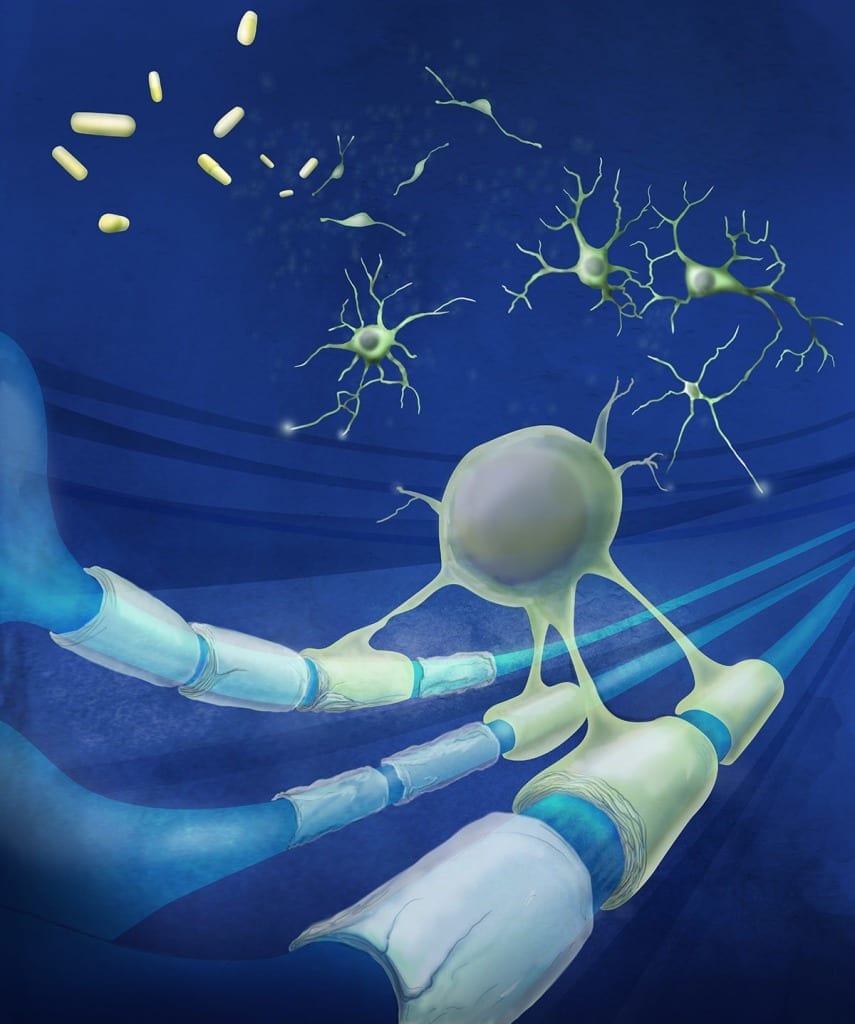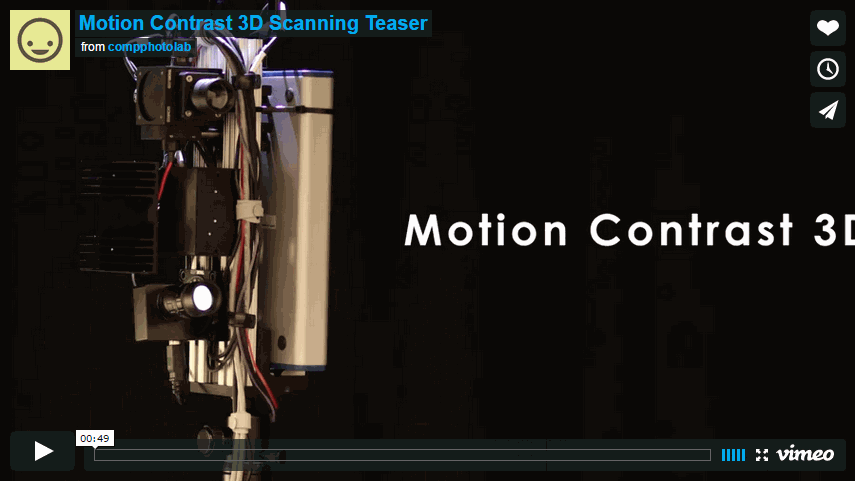
CREDIT
Griffith University
New research reveals potential for ‘total immersion of real and virtual worlds’
From mobile phones and computers to television, cinema and wearable devices, the display of full colour, wide-angle, 3D holographic images is moving ever closer to fruition, thanks to international research featuring Griffith University.
Led by Melbourne’s Swinburne University of Technology and including Dr Qin Li, from the Queensland Micro- and Nanotechnology Centre within Griffith’s School of Engineering, scientists have capitalised on the exceptional properties of graphene and are confident of applications in fields such as optical data storage, information processing and imaging.
“While there is still work to be done, the prospect is of 3D images seemingly leaping out of the screens, thus promising a total immersion of real and virtual worlds without the need for cumbersome accessories such as 3D glasses,” says Dr Li.
First isolated in the laboratory about a decade ago, graphene is pure carbon and one of the thinnest, lightest and strongest materials known to humankind. A supreme conductor of electricity and heat, much has been written about its mechanical, electronic, thermal and optical properties.
“Graphene offers unprecedented prospects for developing flat displaying systems based on the intensity imitation within screens,” says Dr Li, who conducted carbon structure analysis for the research.
“Our consortium, which also includes China’s Beijing Institute of Technology and Tsinghua University, has shown that patterns of photo-reduced graphene oxide (rGO) that are directly written by laser beam can produce wide-angle and full-colour 3D images.
“This was achieved through the discovery that a single femtosecond (fs) laser pulse can reduce graphene oxide to rGO with a sub-wavelength-scale feature size and significantly differed refractive index.
“Furthermore, the spectrally flat optical index modulation in rGOs enables wavelength-multiplexed holograms for full colour images.”
Researchers say the sub-wavelength feature is particularly important because it allows for static holographic 3D images with a wide viewing angle up to 52 degrees.
Such laser-direct writing of sub-wavelength rGO featured in dots and lines could revolutionise capabilities across a range of optical and electronic devices, formats and industry sectors.
Read more: Picture this: Graphene brings 3-D holograms clearer and closer
The Latest on: 3-D holograms
[google_news title=”” keyword=”3-D holograms” num_posts=”10″ blurb_length=”0″ show_thumb=”left”]
via Google News
The Latest on: 3-D holograms
- Justin Timberlake Kicks Off His 'Forget Tomorrow' World Tour in Vancouver — See the Photos!on April 30, 2024 at 4:50 pm
Musician Justin Timberlake is back on the road after a five-year hiatus for his 'Forget Tomorrow' World tour. See photos from the first night in Vancouver.
- Netflix and Meta Use Hologram Tech to Promote New Releaseson April 28, 2024 at 5:05 pm
Big companies like Netflix, Meta, and even Nescafé are increasingly relying on high-tech launch events to create buzz for new releases. Does it work and is it worth the money? Read on to learn more.
- Virtual reality could make seeing your favorite band less expensive, if these artists have their wayon April 27, 2024 at 6:06 am
Heavy-metal band Avenged Sevenfold and rapper T-Pain are among a growing number of artists who are using virtual reality to connect with their fans at a ...
- 32 Fake Movies Within Movies We Want To Watchon April 25, 2024 at 10:34 pm
Here’s my list of the movies within movies that I want to watch one day. In this day and age of superhero movies, what the world needs is a Bluntman and Chronic movie, right? While “Good Will Hunting ...
- Highlights from NFL Draft 2024 round 1on April 25, 2024 at 10:10 pm
NFL Draft kicked off with Caleb Williams picked No. 1 overall by the Chicago Bears. Falcons picked QB Michael Penix for first round's first stunner.
- Healthy Returns: Biotech IPOs ramped up to start 2024, but the market hasn't fully recovered just yeton April 23, 2024 at 9:00 am
Biotech IPOs surged at the start of 2024, but the rest of the year will depend on Fed rate cuts. Meanwhile, doctors using VR and AI to hone their skills.
- A new wave of wearable devices will collect a mountain on information on uson April 17, 2024 at 11:19 pm
Web and mobile services try to understand the desires and goals of users by analysing how their interact with their platforms. Smartphones, for instance, capture online data from users at a large ...
- I’m 46 and have months left to live. This is how I’ve learned to accept my deathon April 17, 2024 at 12:00 pm
A letter called “A Beginner’s Guide to Dying” by a 46-year-old Jersey-based man with terminal cancer has been dropping into in-boxes all over Britain in the last couple of weeks (read the full letter ...
- Meta Who? 3 Under-the-Radar VR Stock Plays to Buy Insteadon April 17, 2024 at 3:00 am
InvestorPlace - Stock Market News, Stock Advice & Trading Tips This year, VR stocks are becoming more popular. But not everyone can afford to ...
- 3 Artificial Intelligence (AI) Predictions That Undeniably Go Against the Grainon April 16, 2024 at 2:06 am
Though artificial intelligence (AI) and Nvidia look like can't-miss opportunities, things aren't always what they appear to be on Wall Street.
via Bing News











